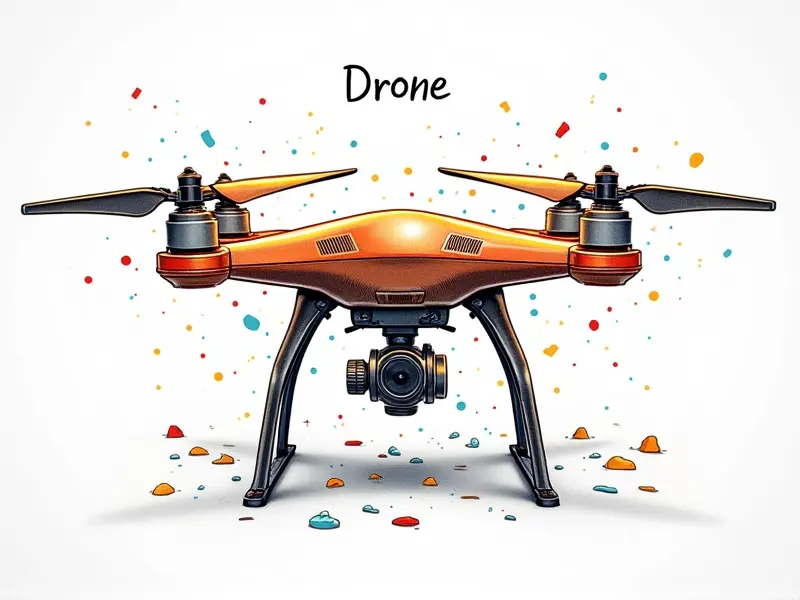Best video formats for FPV?

Highest-Quality FPV Video Format Options
Choosing the right video format is crucial for achieving high-quality First-Person View (FPV) experiences. The ideal format should balance resolution, compression efficiency, and latency to ensure smooth and clear transmission during flight.
Popular formats like H.264 and H.265 offer excellent performance in terms of quality-to-size ratio, making them suitable for FPV applications where bandwidth is limited but picture clarity is paramount.
Ideal Codec Choices for FPV Pilots
- H.264: Widely supported and offers a good balance between compression efficiency and video quality.
- H.265 (HEVC): Provides superior compression compared to H.264, resulting in higher-quality videos at lower bitrates.
- MJPEG: Simple and reliable, MJPEG is ideal for low-latency applications but may not be as efficient in terms of bandwidth usage.
Optimal Video Settings for FPV Flying
To ensure the best possible video quality during FPV flights, it's essential to configure your camera settings appropriately. Here are some key considerations:
- Resolution: Opt for a resolution that balances detail and transmission speed.
- Framerate: Higher frame rates provide smoother motion but increase the bitrate, so choose wisely based on your bandwidth constraints.
- Brightness and Contrast: Adjust these settings to ensure clear visibility under varying lighting conditions.
Best Formats for Clear FPV Videos
Selecting the right format is crucial for delivering crisp, clear videos. Here are some top choices:
- H.264 MP4: Widely supported and offers a good balance of quality and efficiency.
- MJPEG AVI: Simple and reliable format that ensures low latency but may consume more bandwidth.
Efficient Video Compression for FPV Systems
Effective compression techniques are vital to ensure smooth video transmission without compromising quality. Consider the following methods:
- H.264 Baseline Profile: Optimized for low-latency applications and ensures compatibility across various devices.
- VBR (Variable Bitrate): Adjusts bitrate dynamically based on scene complexity, providing better quality at lower bitrates.
Crisp and Clear: Best Formats for FPV
To achieve the clearest possible video transmission in FPV applications, consider these formats:
- H.264 Baseline Profile MP4: Ensures low latency while maintaining high quality.
- MJPEG AVI: Ideal for real-time applications where minimal delay is critical.
Choosing the Right Codec for FPV Streams
The choice of codec significantly impacts the overall performance and quality of your FPV video stream. Here’s a quick guide to help you make an informed decision:
- H.264: Offers excellent compression efficiency with good compatibility.
- H.265 (HEVC): Superior compression but may require more processing power and support.
- MJPEG: Simple, reliable, and low-latency but less efficient in terms of bandwidth usage.
Ideal Resolution for FPV Drone Footage
Selecting the right resolution is crucial to balance detail with transmission efficiency. Common resolutions used in FPV include:
- 720p (1280x720): Provides a good balance of quality and bandwidth.
- 1080p (1920x1080): Offers higher detail but may increase latency due to higher bitrate requirements.
Optimal Bitrate for Clear FPV Transmission
The bitrate directly affects the quality and smoothness of your video stream. Here are some guidelines:
- Lower Bitrates: Suitable for lower resolution videos to ensure low latency.
- Higher Bitrates: Required for higher resolution videos to maintain clarity but may increase transmission delay.
Enhancing FPV Quality with Compression Techniques
To enhance the quality of your FPV video, consider these compression techniques:
- H.264 Baseline Profile: Optimized for low-latency applications and ensures compatibility across various devices.
- VBR (Variable Bitrate): Adjusts bitrate dynamically based on scene complexity, providing better quality at lower bitrates.
Balancing Latency and Resolution in FPV Video
Finding the right balance between latency and resolution is key to achieving optimal performance. Here are some strategies:
- Lower Resolutions: Reduce latency but sacrifice detail.
- H.264 Baseline Profile: Ensures low-latency transmission while maintaining acceptable quality.
Conclusion
Selecting the best video format and codec for FPV applications is crucial to achieving high-quality, smooth, and clear transmissions. By considering factors such as resolution, bitrate, compression efficiency, and latency, you can optimize your FPV setup for optimal performance. Whether you opt for H.264 or H.265 codecs, or prefer the simplicity of MJPEG, the right choice will enhance your flying experience significantly.

